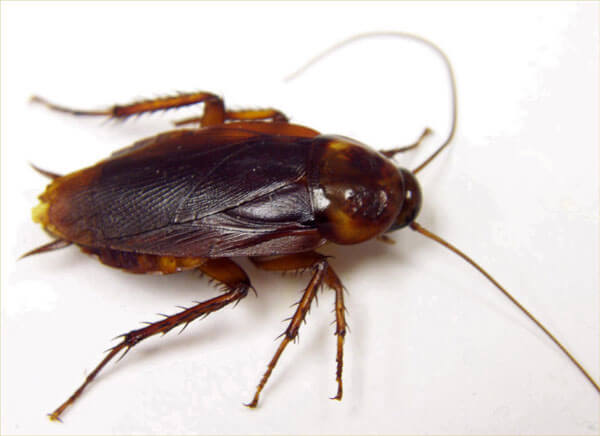
Cockroaches are commonplace in the arid climate of the American Southwest. They are also attracted to food that has not been stored properly. Cockroaches can build up a resistance to chemical treatments, and fumigation costs remain high; luckily, diatomaceous earth is an organic, low cost, cockroach control that is natural and chemical-free. Not only will it rid your home of cockroaches, but it will continue to work long after chemical solutions wear off, and cockroaches won't build up a resistance to the effects of diatomaceous earth.
Read the following steps to apply diatomaceous earth to your home:
Step 1:
Give your home a thorough cleaning. Sweep, mop, put away food, and vacuum thoroughly, including behind appliances and furniture. Maintaining excellent sanitation practices is usually the best defense against cockroaches.
Step 2:
Dry up any damp areas to prepare for your diatomaceous earth application. To prevent more cockroaches, seal up any cracks that could be under sinks, in the bathroom, near baseboards, or around poorly sealed doors. Any kind of entrance for a cockroach should be sealed up. If there are any leaks they need to be taken care of; you can do this with caulk or sealant.
Step 3:
Apply anywhere you have seen cockroaches. Dust lightly, since cockroaches won't step on diatomaceous earth if the dusting is too heavy. Apply DE anywhere cockroaches can hide, enter your home, and where food is commonly dropped. Don't apply the DE to any area that is consistently damp or wet, since wet diatomaceous earth will not kill insects. Use an applicator such as the JT Eaton Duster to spray behind switch and outlet faceplates.
Step 4:
Apply diatomaceous earth around your house along the foundation. If you live in a dry climate you can use one of our wet application methods for your home's exterior. If you live in a damp climate try using one of our dry applicators. Apply DE near any cracks or entrances and along door and window sills.
Step 5:
If you have a crawl space that is not used for storage, treat this area as well. Take 3 lbs of diatomaceous earth and pile it near the entrance to your crawlspace. Using a leaf blower, aim at the pile of DE and turn it on. This should create a large cloud of DE beneath your house. If the crawlspace was not completely covered, repeat the process.
Step 6:
Leave diatomaceous earth applied as long as the cockroach infestation continues. Reapply if the DE gets washed away. Once the cockroaches are gone, you can clean up the diatomaceous earth (click here for cleaning tips), but you can also leave it down as a preventative measure against future infestations.


